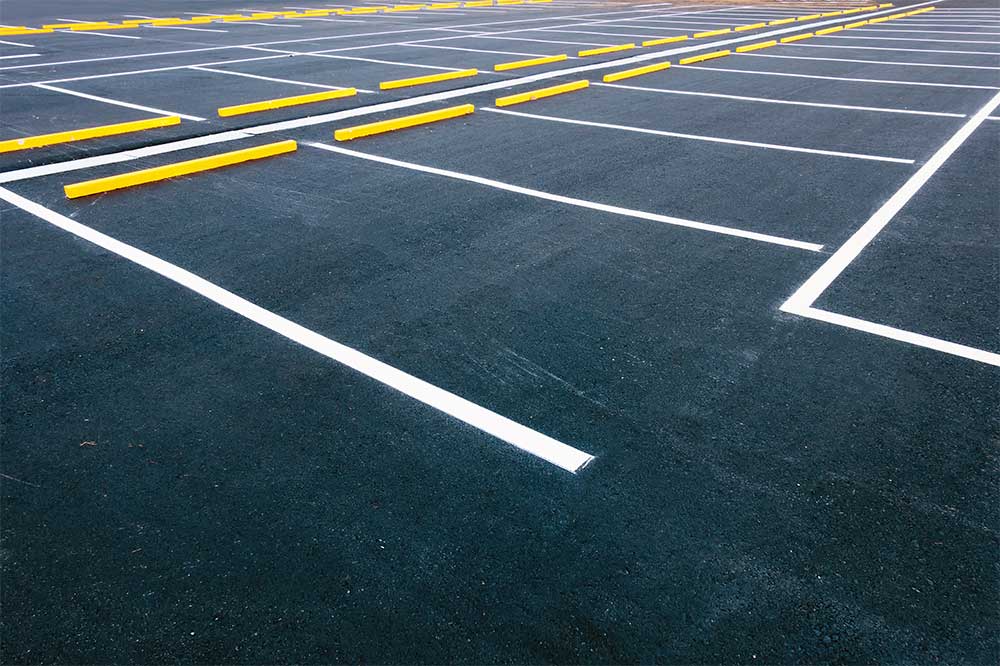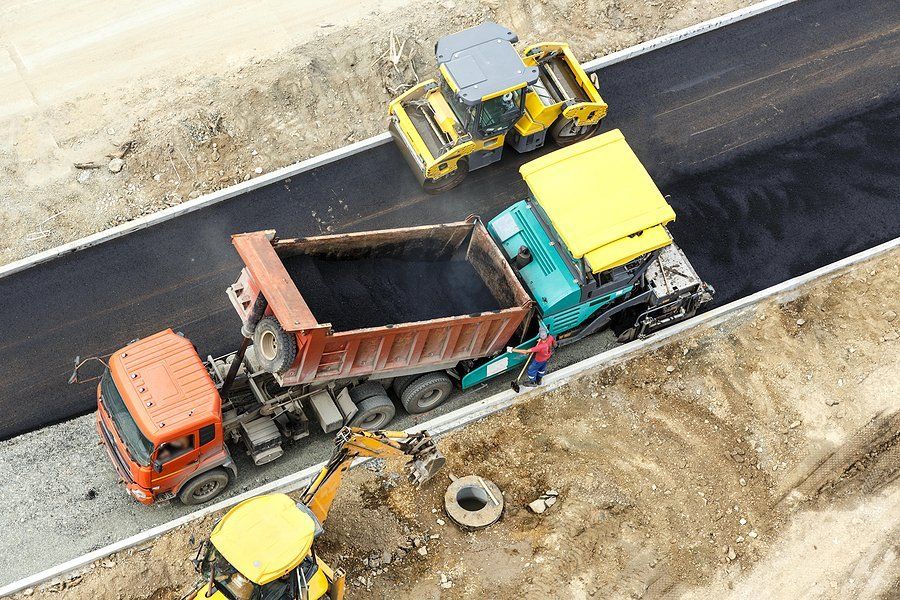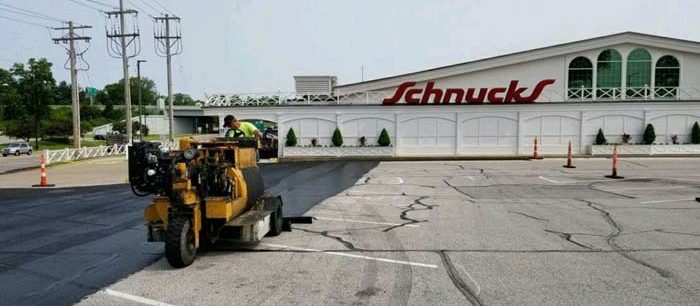The Best Guide To A1 Professional Asphalt & Sealing Llc
The Best Guide To A1 Professional Asphalt & Sealing Llc
Blog Article
A1 Professional Asphalt & Sealing Llc for Dummies
Table of ContentsHow A1 Professional Asphalt & Sealing Llc can Save You Time, Stress, and Money.The 8-Second Trick For A1 Professional Asphalt & Sealing LlcThe Best Strategy To Use For A1 Professional Asphalt & Sealing LlcThe Facts About A1 Professional Asphalt & Sealing Llc UncoveredA1 Professional Asphalt & Sealing Llc Things To Know Before You Get This10 Simple Techniques For A1 Professional Asphalt & Sealing Llc

However keep in mind that installation procedure should only adhere to a correct surface area examination and a total estimate. Have a look at the short articles below that clarify those procedures totally. Or click here to go to our Whatever You Need To Know About Asphalt Paving source web page. With 75 years of asphalt paving experience, from highways to driveways, we are your regional source for all of your asphalt leading needs.
If you live or function in the Milwaukee location, call us at 262-965-2121. For the Madison location, call us at 608-249-7931.
Unknown Facts About A1 Professional Asphalt & Sealing Llc
(PD) Image: The USA Company for International Growth (USAID)Asphalt-laying maker leading a roadway. Leading asphalt is a mix of petroleum asphalt (typically referred to as asphalt), accumulation and additives that is extremely generally used as a leading layer of sidewalk for roads. A typical paving asphalt is composed to 90 to 95 percent by weight of accumulation and 5 to 10 % of bitumen.

Such roads ended up being named after McAdam and called tarmacadam roads, later reduced to tarmac. In 1870, Belgian - https://www.tripadvisor.in/Profile/a1asphaltseal chemist Edmond J. DeSmedt laid the first real asphalt sidewalk in the United States of America in Newark, New Jersey. He also paved Pennsylvania Avenue in Washington, D.C. in 1876 making use of 54,000 square lawns (45,140 square metres) of asphalt from Pitch Lake in Trinidad.

Rumored Buzz on A1 Professional Asphalt & Sealing Llc
As the paving asphalt cools down, it will certainly solidify into a nearly-rigid strong, though some versatility is kept at normal outside temperatures. As the physical residential or commercial properties are primarily reliant on the aggregates made use of, they can vary over a big range.
Normally this is done using a belt weigher, as the product has to get to the next step in a constant flow.
(asphalt) is kept in heated containers and included to mixer according to a determined price of flow. An interval mixer is fed with the accumulations making use of a charging screw and the binder is synchronously injected into the blending chamber.
The Best Strategy To Use For A1 Professional Asphalt & Sealing Llc
Sending off: The mixed material is kept in a warmed silo which generally has numerous chambers to save different recipes. Asphalt has to reach the building and construction website with a fairly the original source heat as it can not be effectively positioned if it cools to the factor where it can no longer be compressed.
For short ranges between the asphalt plant and the building and construction site, normal trucks can be made use of and covered with tarpaulins to preserve the temperatures. asphalt sealcoating in st louis. If the ambient temperature is also reduced or the building site is as well far to make use of regular vehicles and maintain the appropriate temperature levels, after that unique trucks have to be utilized

Are you preparing for an asphalt paving project at some time in the near future? After that it is necessary to comprehend asphalt setup can be a very entailed and intricate procedure. While installing the asphalt itself does not call for a lots of time, the design, demolition, and prep processes may. Entirely, there are nine unique steps associated with asphalt pavement setup, and we have actually detailed them listed below to develop a summary of exactly how the procedure functions.
5 Easy Facts About A1 Professional Asphalt & Sealing Llc Explained
To learn all concerning how the procedure functions, look into our blog on making use of GPS modern technology to make asphalt leading a lot more efficient. When the project style is completed, we go on to demolition. Whether there's currently asphalt sidewalk, concrete, or pavers in the location, they need to be removed so we can set up the sub-base and pavement later on.
Effectively ready sub-base is critical due to the fact that it: Gives a barrier to protect versus frost heave triggered by thawing and freezing - what is cold asphalt?. Creates a steady surface area that's capable of supporting the new sidewalk and its predicted website traffic load. Offers a thick, compressed, and steady assistance for the roadway or parking lot to improve its long-term resilience.
Job demands and projected web traffic tons assistance establish exactly how the base has to be prepared. Most asphalt sidewalk installations connect existing highways, parking area, or driveways, and there are typically likewise adjacent visuals and sidewalks. When we mount asphalt, we should smooth the link in between the new pavement and the existing paved frameworks.
See This Report about A1 Professional Asphalt & Sealing Llc
Butt joints exist anywhere brand-new pavement meets older asphalt or concrete, and they have to be as seamless as possible to ensure drivers or pedestrians don't discover a distinction between the surfaces. Proper grading is additionally essential to ensure efficient water drain. The base course is the layer of accumulations and binder that sits right on top of the compacted sub-base or subgrade, depending upon the task and its needs.
Report this page